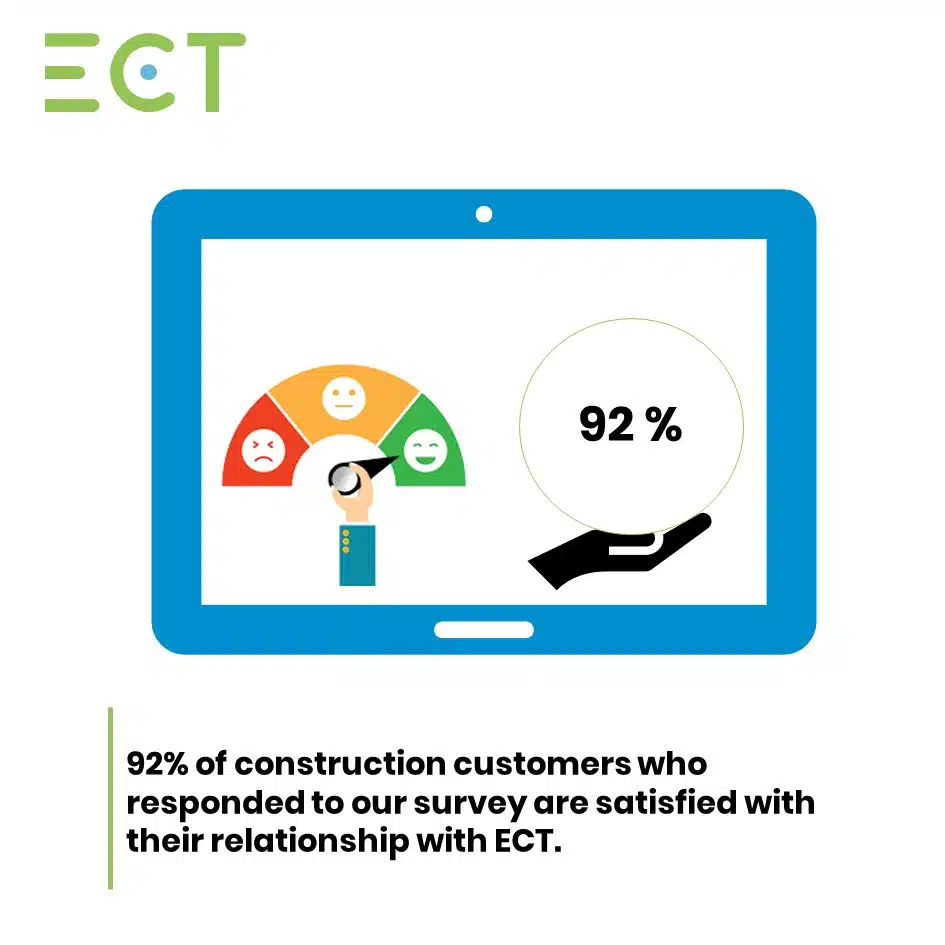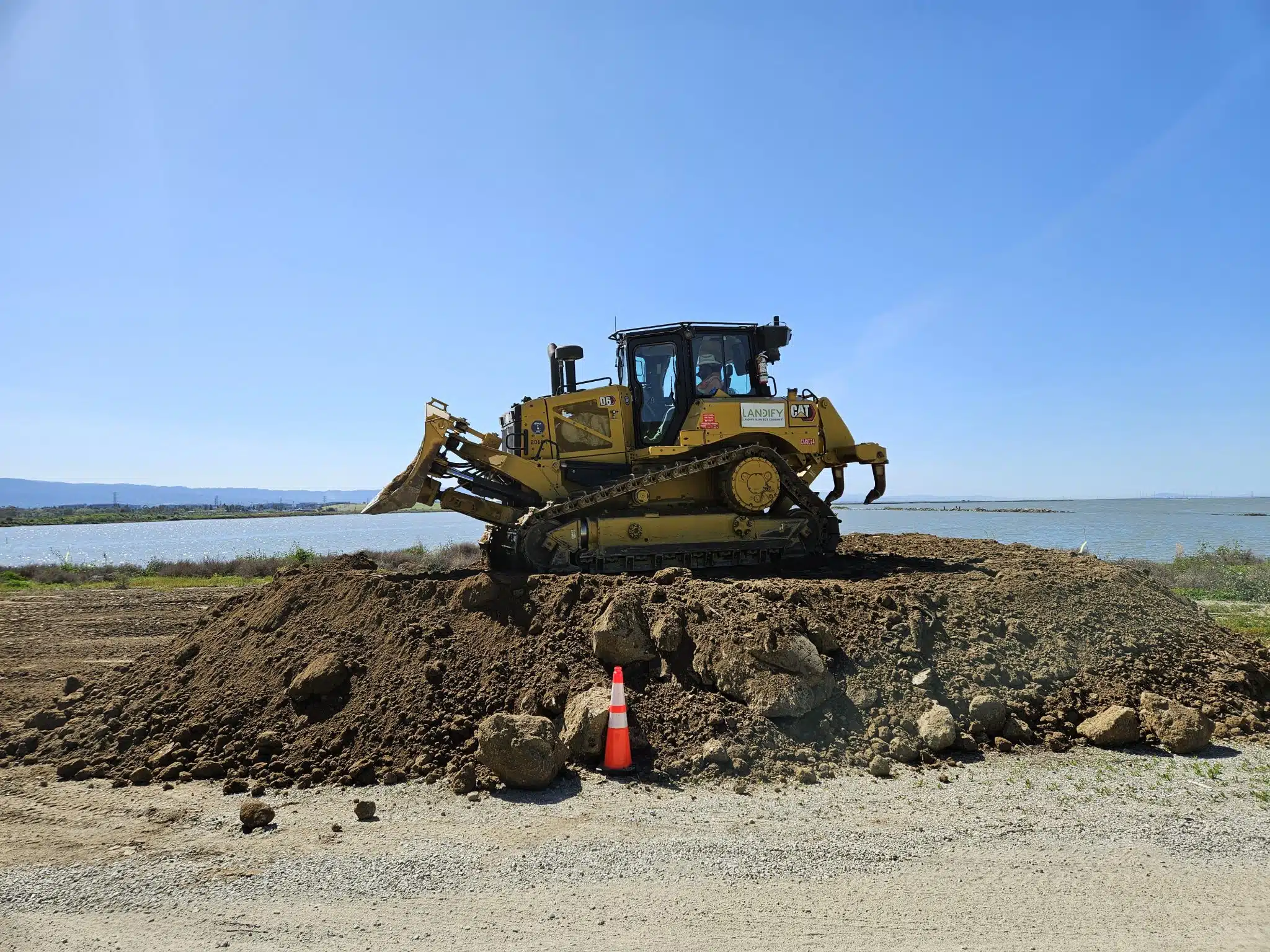ECT assesses the environmental and social footprint of projects with a new tool
As part of its environmental approach, ECT has adopted an indicator for the design and construction of its sites. This indicator enables us to assess the environmental and social impact of our non-built development projects using soil from construction sites.
The assessment methodology was developed through the involvement of all the company’s departments. And with the support of experts (sociologist, ecologist, farmer, acoustician, etc.) to guarantee a high level of method robustness.
A 15-indicator evaluation
The 15 indicators cover a wide range of ESG issues. Dnvironmental issues such as the protection of biodiversity and the reuse of excavated materials. And societal issues ranging from the well-being of local populations to support for local agriculture and the integration of the site into its environment.
They are divided into 5 categories:
- preserving ecosystems
- the fight against climate change
- improving people’s well-being
- support for the local and circular economy
- integrating the site into its surroundings
Each indicator gives rise to a specific evaluation. All these data are aggregated and consolidated according to the project’s type of use .
These 15 indicators are operational, and ECT teams use them to assess the project’s added value and impact. This tool helps optimize design and management choices. it is also a vehicle for providing the various stakeholders with a map of the value generated.
Preserving ecosystems
Surface biodiversity
Measures habitat functionality, coherence with the surrounding environment and contribution to the ecological functionality of the site’s surroundings. If a 4-season study is carried out, measures the protection of endangered species on the site
Infiltration & water retention
Compares the soil’s capacity to infiltrate stormwater before and after land development, and assesses the need for additional water and flood management equipment.
Combating climate change
Greenhouse gases
Measures the quantity of GHG emitted / quantity of soil reused on site (or received), as well as the difference in sequestration between the initial state and the final state.
Cooling island
Evaluates the site’s contribution to the cooling of surrounding urban areas through albedo, permeability and ground vegetation cover.
Improving people’s well-being
Green spaces
Valorizes ECT projects that increase the ratio of green space. A vegetated area is an area with plants in the ground, with the exception of agricultural areas.
agricultural areas
Recreational facilities
Evaluates the supply of facilities per individual, the quality of these facilities and the accessibility and complementarity of the offer in relation to that of the municipality.
Landscape integration
Evaluates the site’s integration into its immediate environment and the wider landscape, the diversity of planting and the work carried out on the site’s external boundaries.
Supporting the local and circular economy
Job creation
Evaluate the number of jobs created for the operation and development of ECT sites, as well as the external jobs required to manage the development once it has been completed.
Soil reuse
Evaluates the volume of soil reused per unit area of the site, and the site’s maximum soil capacity in absolute terms.
Local agriculture
Evaluate the project’s contribution to increasing agricultural land and whether or not eco-compatible production methods are used.-
Renewable energies
:Evaluate the renewable energy production capacity installed on site (photovoltaic, wind, methane) and their contribution to local energy needs.
Integrating the site into its environment
Noise pollution
:Evaluates the risk of noise pollution from on-site activities (truck arrivals and departures, machinery operation).
Impact on roads
Impact on roads: Evaluates the impact of heavy goods vehicle (HGV) traffic generated by ECT’s activity on roads that were not designed to support such traffic, and takes into account the measures taken by ECT to improve road conditions (repairs, cleaning, etc.).
Site accessibility
Evaluate the accessibility of the site by truck, and the associated level of inconvenience for local residents in terms of noise pollution and traffic congestion.
Dust
Measures the contribution of on-site ECT operations to the local concentration of fine particles


